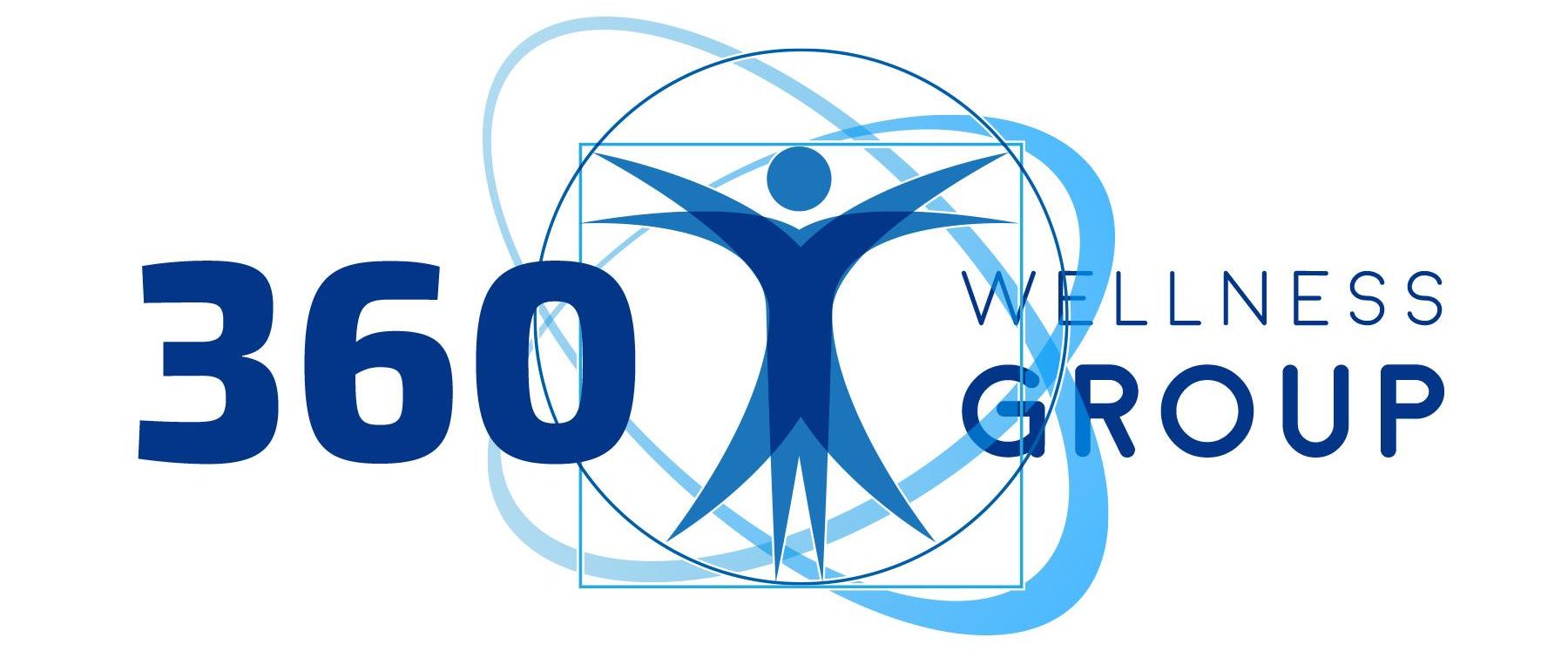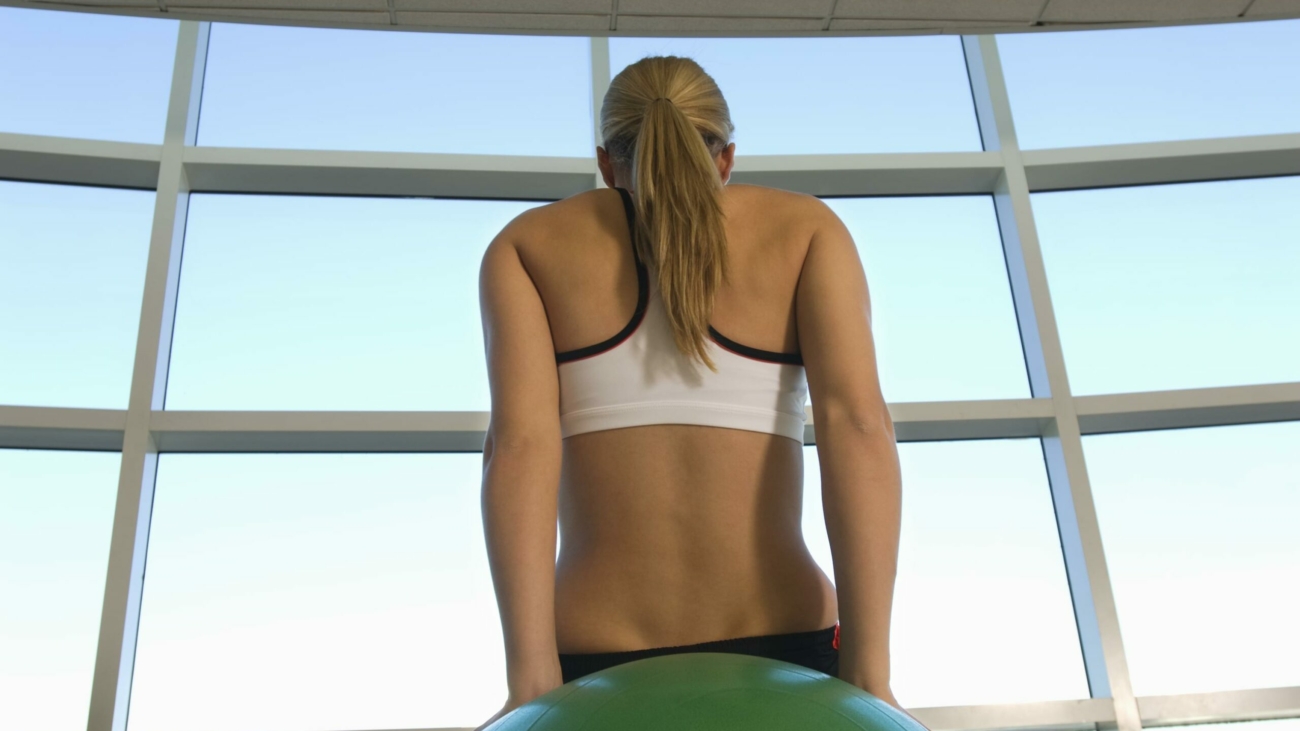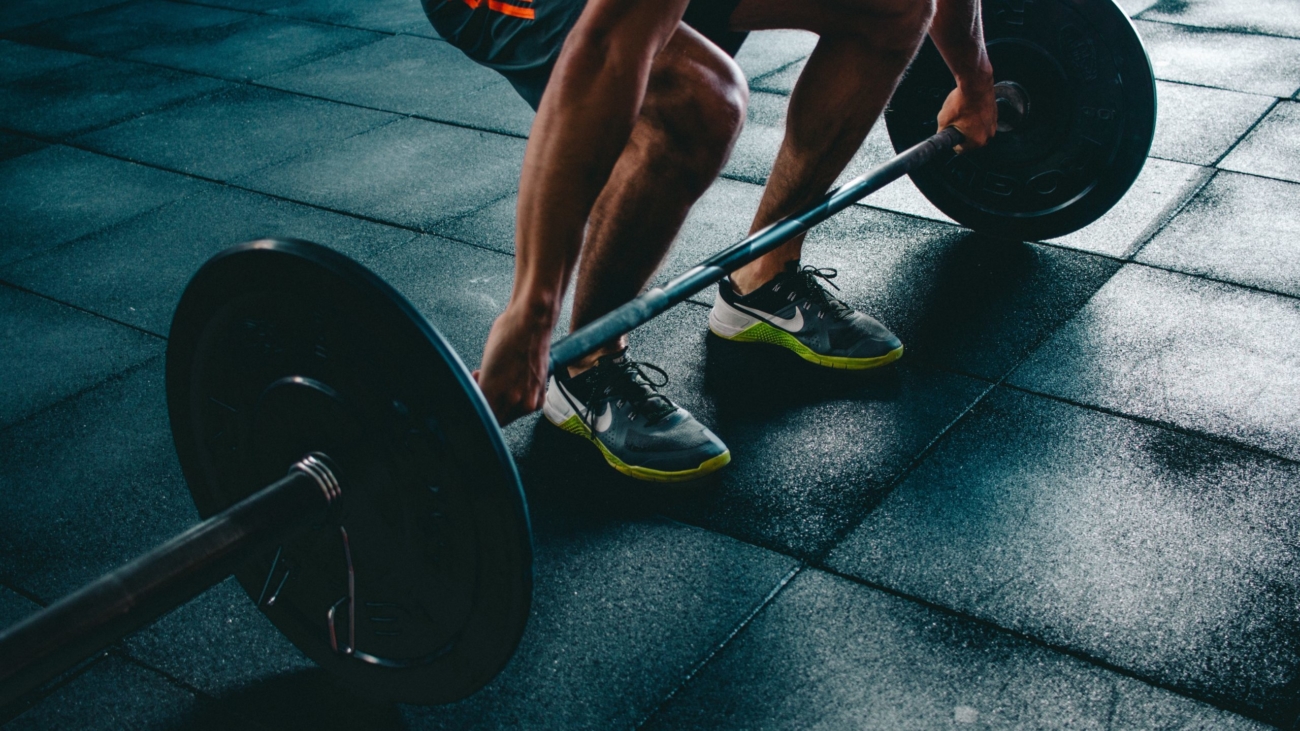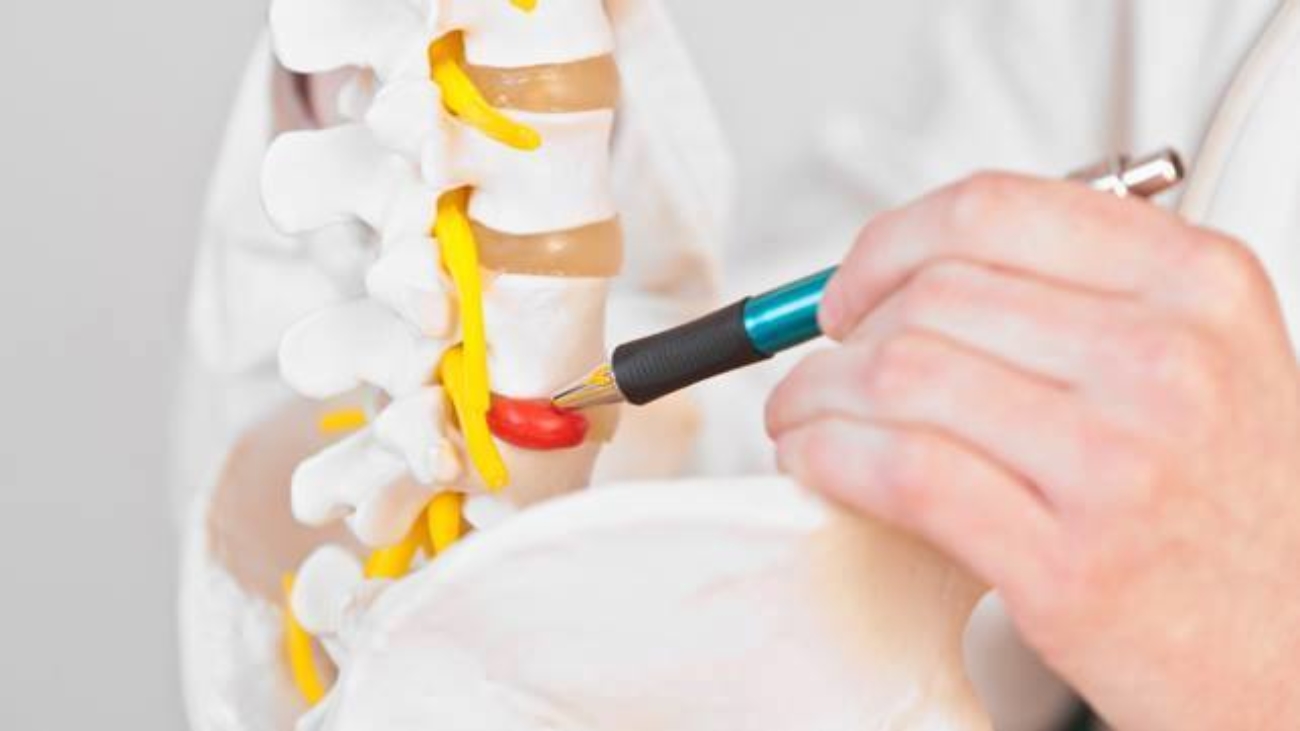I am a woman, hear me roar— or shriek from back pain, if you are one of the many women who battle an aching back on a regular basis.
Ladies, we’ll give you the disappointing news first: studies have shown that there are a handful of back conditions that tend to affect women more than men. It’s a bummer that your gender marker could automatically make you more susceptible to certain painful conditions. Perhaps even a little unfair?
So for our female readers suffering from chronic, nagging back pain, we offer this post in hopes that you’ll take heart in learning conservative care and preventative options exist. Let’s delve into the more common back conditions that affect women in particular.
Fibromyalgia
According to the Centers for Disease Control and Prevention, fibromyalgia is twice as common in women as it is in men. Disappointingly, the cause of fibromyalgia is largely unknown and there is no known cure. Though hormonal levels may play a role, there has yet to be conclusive evidence found in research to support this theory. However, there are constructive ways to treat the pain and achiness for a better quality of life. And that’s a huge win!
Just what is “fibromyalgia?” It’s a condition that causes aching and pain all over the body and is generally chronic in nature. Some of the more common symptoms include extreme fatigue, sleep trouble, headaches, and numbness or tingling of the hands and feet. Because the nature of each case can differ significantly, treatment, in turn, needs to be customized.
So where do you start? Figuring out what’s best for you can be tricky, but as you learn more about your condition and how your body reacts to treatment, you’re better prepared to make adjustments and plan for the future. Basic home care is a good place to begin, including:
- Getting good quality sleep–you’ve no doubt heard the importance of sleep a million times before, but it’s true. Your body needs sleep to recover and heal, particularly when you’re trying to ward off aches and pains.
- Reducing stress— we know…easier said than done. Helpful practices often include practicing meditation and potentially seeking counseling for more extreme cases.
- Exercising regularly, even if that just means walking around your neighborhood.
Though fibromyalgia can happen seemingly randomly, you should also be aware of the more common triggers. For women, the hormonal changes that happen during menopause and pregnancy can sometimes flare up an already existing fibromyalgia case. Extreme stress, both short and long-term, as well as drastic changes in weather, can also touch off this condition.
Compression Fractures From Osteoporosis
This is a big one, especially in women who are approaching, are in, or past menopause. In fact, of the estimated 10 million Americans with osteoporosis, a whopping 80% are female. Women, in general, have smaller, thinner bones than their male counterparts. Couple that with the sharp decline in estrogen (a hormone that greatly contributes to bone health) during menopause, and the risk for fracture significantly increases.
Compression fractures from osteoporosis usually happen in the front of the spine, collapsing an already thin bone. This leads to sharp acute pain in the back, which can turn chronic when left untreated. If you’re experiencing acute back pain that was not present before, seek medical attention. Compression fractures often go misdiagnosed as general back pain; pay close attention to your symptom patterns so that you can help give your practitioner the full story.
To treat a compression fracture with conservative care, a couple of days of bed rest immediately following the fracture are generally recommended. However, be careful not to stay inactive for too long, as this can worsen the overall effect of osteoporosis and put you at risk for other fractures. Some back bracing can help under the instruction of a doctor, as well as some gentle physical therapy exercises.
How Chiropractic Can Help Women With Back Pain
When you’ve tried home care and it just isn’t providing sufficient relief, you’re experiencing more intense pain on a more frequent basis, or, when you want a more proactive approach to preventing back pain altogether, it’s time to seek professional care. Chiropractic care can provide the relief you are seeking. Gentle, chiropractic adjustments help to alleviate pressure in your joints and allow your entire body to function better, provided there is no fracture present. Plus, your practitioner can recommend the best at-home exercises to keep your healing on the track outside of the office, beneficial for both fracture and non-fracture cases.
Ladies, you know the importance of taking care of yourself; schedule your chiropractic appointment online or call (626) 469-7478.
This article is for informational purposes only and is not a substitute for in-person advice or care from a medical professional.










